Few things are as unsettling—and annoying—as hearing strange sounds coming from one’s wall. Oftentimes, hearing noises in the wall is the first thing that tips homeowners off to the fact that they have a pest problem. Many animals seek out the voids behind walls to live, because they are warm, easily accessed, and provide protection from predators and humans alike.
Animal in Wall Sounds
Animal in Wall Noises
Oftentimes, it is fairly easy to discern what kind of animal is making the noise, even if you can’t see it.
- What noises you hear
- Where the noises occur
- When the noises happen
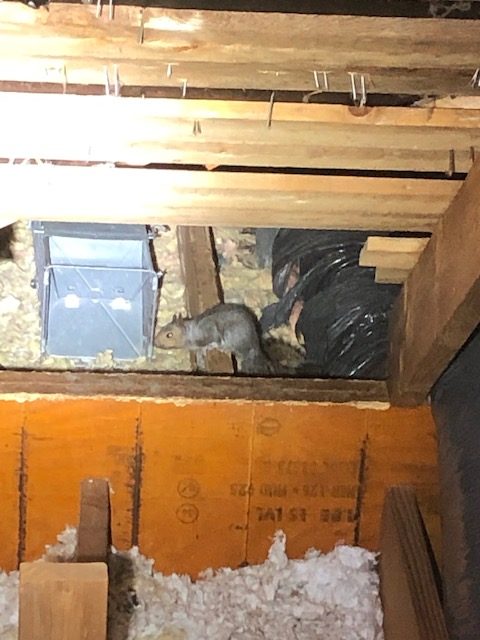
Squirrel in Wall Sounds
Squirrels are one of the larger animals that habitually invade homes, so they produce rather clear rustling noises. They also make high-pitched squeaking noises that can be very irritating. These sounds are more likely in the morning and evening when squirrels are unlikely to be out looking for food. Squirrels are also easily frightened, so if you bang on the wall, you are likely to hear them scurrying away.
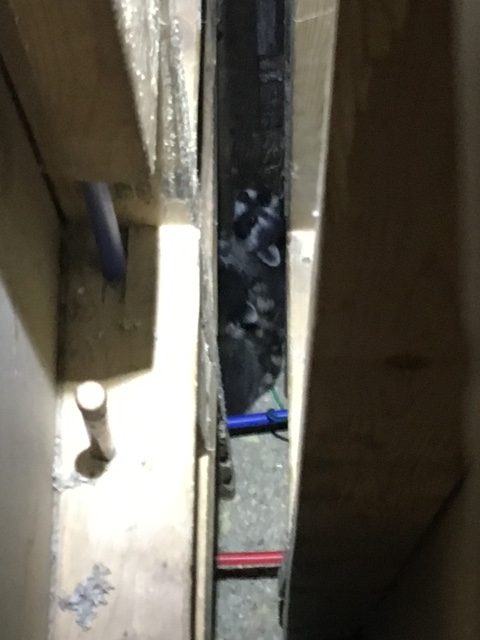
Raccoon in Wall Sounds
Raccoons can weigh as much as twenty pounds, so it should be fairly obvious when a raccoon is inside your walls. Raccoons make loud thumping, rustling, and scratching noises, as well as vocalizations that are variously described as purring, chittering, growling, hissing, whimpering, and screeching.
Female raccoons will create nests in wall voids. Raccoon kits make their own distinct noises sounds like chittering, chippering, mewing, crying, and whining. Homeowners have called complaining about birds in their walls only to discover three baby raccoons inside the walls.
We have found raccoons stuck inside the walls. They can fall from the attic and struggle to climb out. If you hear distressed noises from a raccoon, call immediately. We need to remove the raccoon from the wall before it dies.
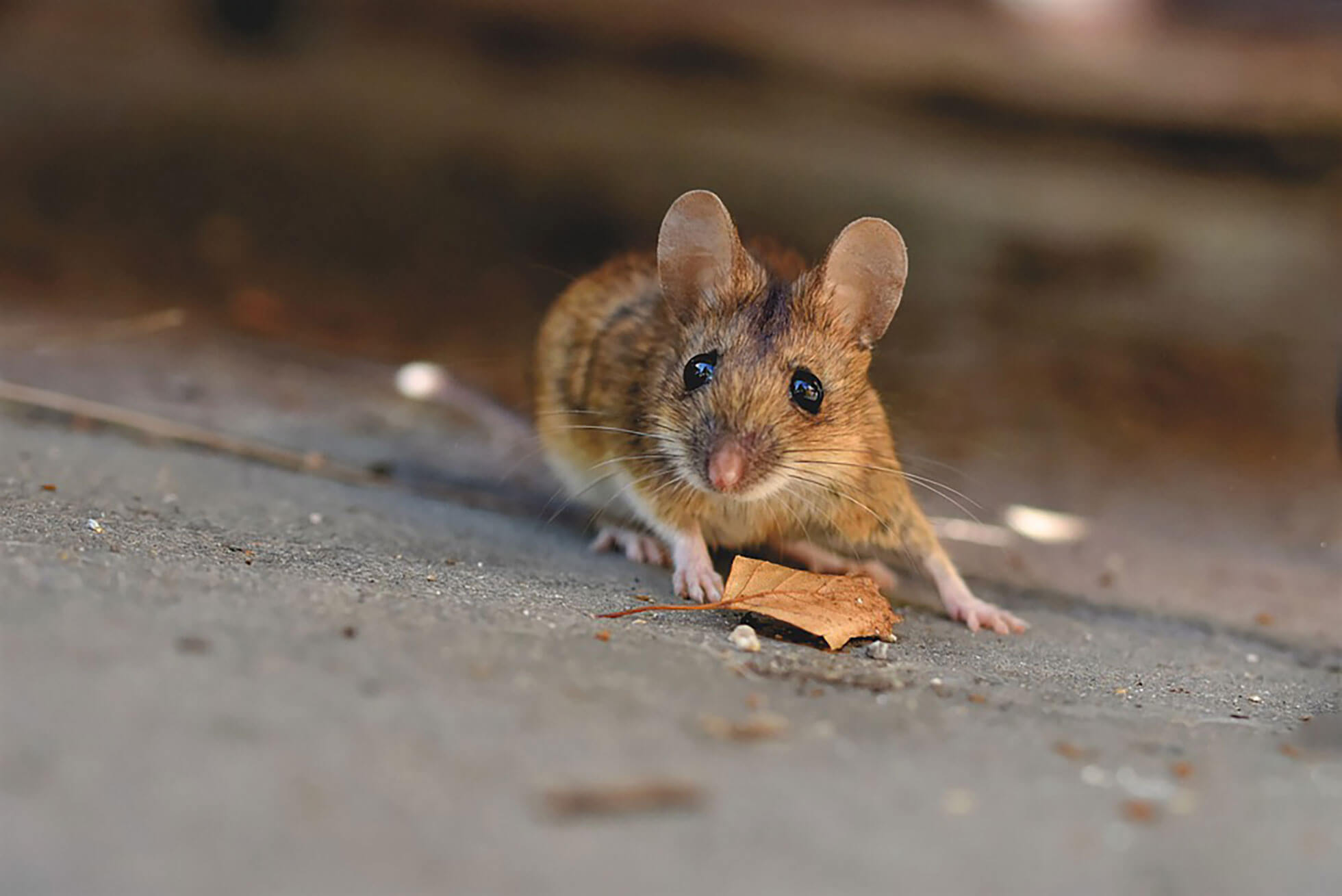
Mice in Wall Sounds
Mice are noisiest when searching houses for food, water, and nesting materials, which occurs at night. Aside from squeaking, mice may make scratching or scampering noises while they forage. Mice also make gnawing noises, since they must constantly gnaw on things to keep the growth of their incisors in check.
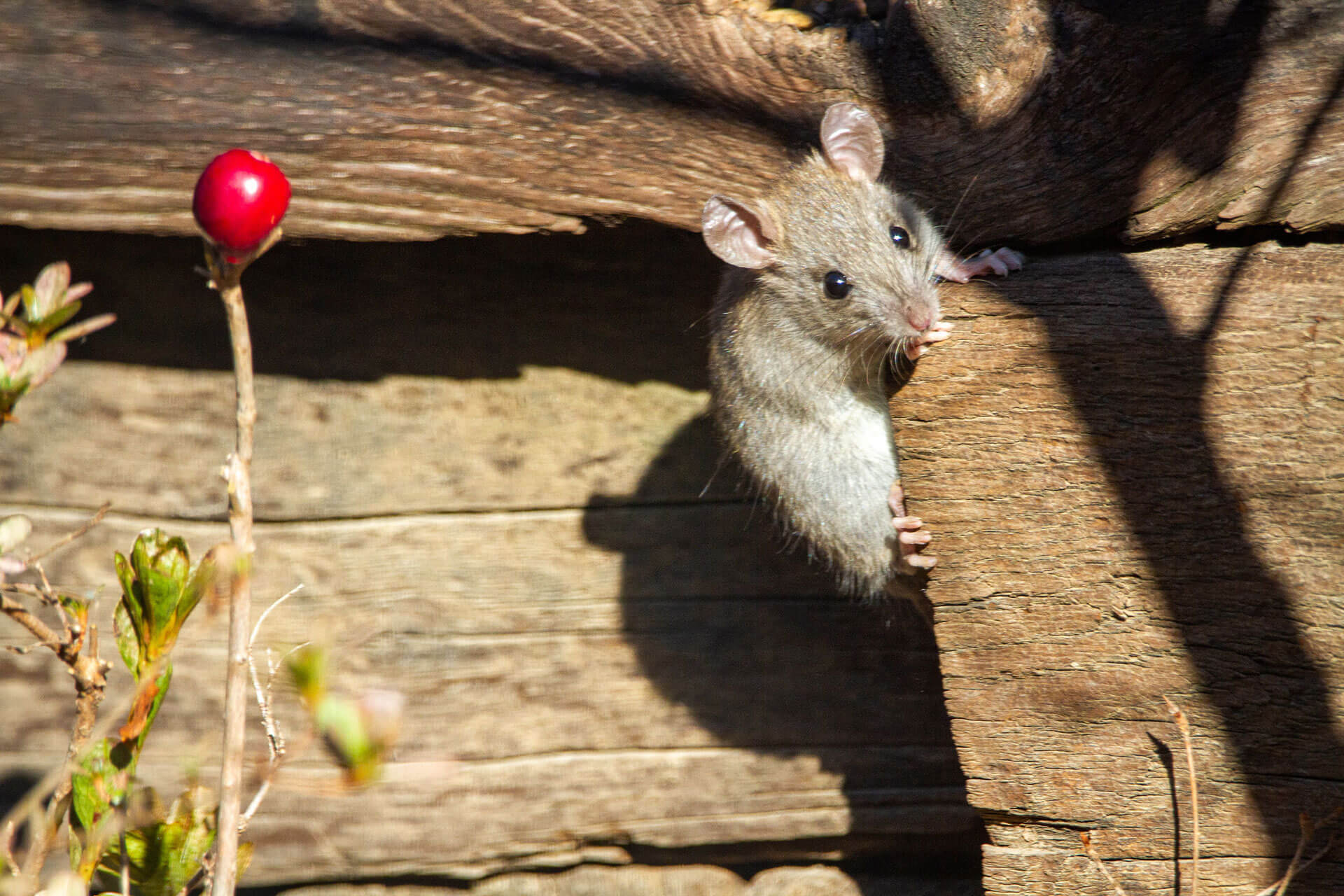
Rats in Wall Sounds
Rats make many of the same noises as mice, but since rats are heavier and stronger, the noises they make will be louder. Rats communicate at a frequency unable to be heard by humans, so if you’re hearing squeaking, it’s more likely to be mice than rats. Rats can make hissing noises, however.

Bats in Wall Sounds
The sounds of a bat inside walls can often sound like a mouse, a key difference being that while mice often produce a “scurrying” sound due to them running around, bats won’t make this particular noise. Additionally, you might hear fluttering sounds if a bat is stuck and trying to make its way through insulation. In small areas, homeowners can hear bat squeaking when they wake up at dusk and return at dawn.

Bees and Wasps in Walls
Wasps and bees can get inside your walls to create nests and build hives. Wall voids are attractive to honey bee swarms. If a beehive is inside the walls, you will hear a buzzing sound and notice many bees flying around your property. In some cases, bees have flown inside the home. Several kinds of wasps can make noises in the wall, but the most common situation by far is yellow jackets nesting in a wall void. Once a nest is started in the spring, it continues to grow in size throughout the summer into late fall, and over time may completely fill several wall voids. As workers move about in the wall, audible buzzing, scratching, and tapping sounds can be heard. If you bang on the wall, these noises should increase in volume.
Unsure what species is causing the problem?
Evidence of Animal in Walls
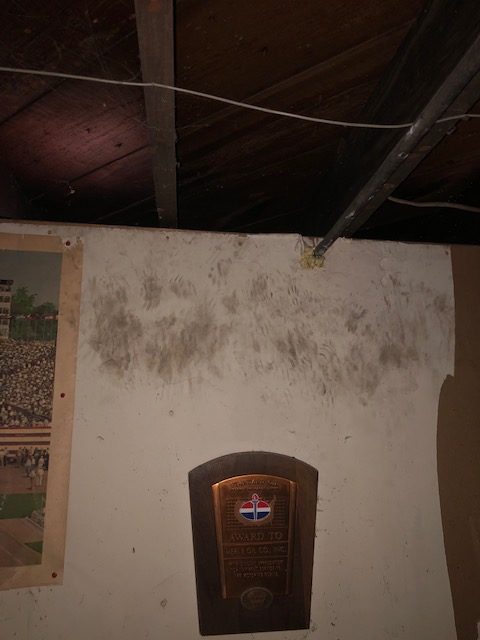
Tracks and footprints. Mice and rats often leave tracks and footprints behind. There is also often a “tail drag” track left by rodents, especially rats. Raccoons typically walk through mud or dirt so they leave footprints found on walls, tabletops, or cars.
Foul smells. One of the most obvious signs you have a pest problem is a foul smell. The feces and urine of various animals can create an acrid, ammonia-like smell, which is a surefire sign you have an animal infestation on your hands.
Animals like raccoons and squirrels to fall down a wall cavity and get stuck. If they fail to get out, they die, which will create a putrid stench.
Stains on walls. Different animals can leave different types of stains on the walls. Rodents leave oily rub marks where they travel along the baseboard. If these marks smear, then they’re fresh. Bats leave smudge marks at entry points.
The accumulation of feces and urine can drip down walls leaving stain marks.
Strange pet behavior. Pets behave very differently when they detect intruders in the house, human or otherwise. They may appear very alert, bark, or sniff and paw very intently at spaces beneath appliances and furniture.
How Trutech Wildlife Service Gets Animals Out of Wall
Removing animals from the wall might be imperative, but that doesn’t make it easy. Homes simply aren’t designed for easy access to wall voids. That said, Trutech Wildlife professionals have a tried-and-true system that allows for successful removal of any critters that may be holed up in your walls:
The wildlife professional will first inspect the wall in question, identify the location and species, and find the entry point of the animal.
Based on the nuisance wildlife in your wall, we implement an animal trapping plan. A one-way valve can safely evict squirrels and bats. Raccoon traps are the best solution for raccoons. Sometimes we need to open up the wall and remove nests, dead animals, or juveniles.


